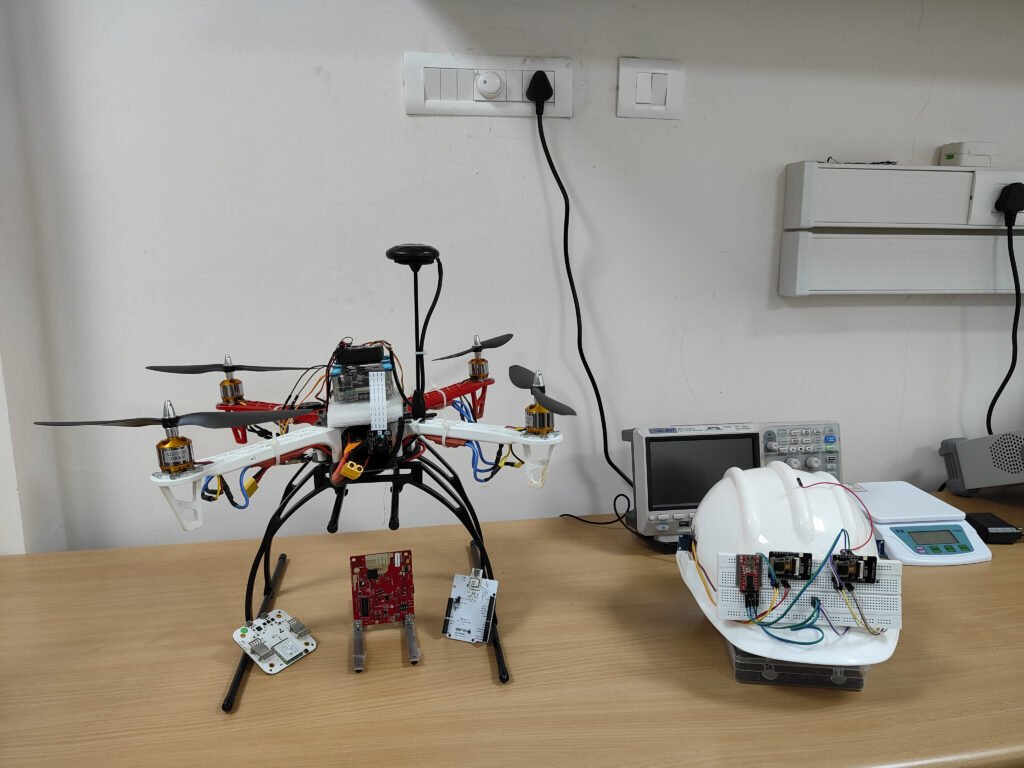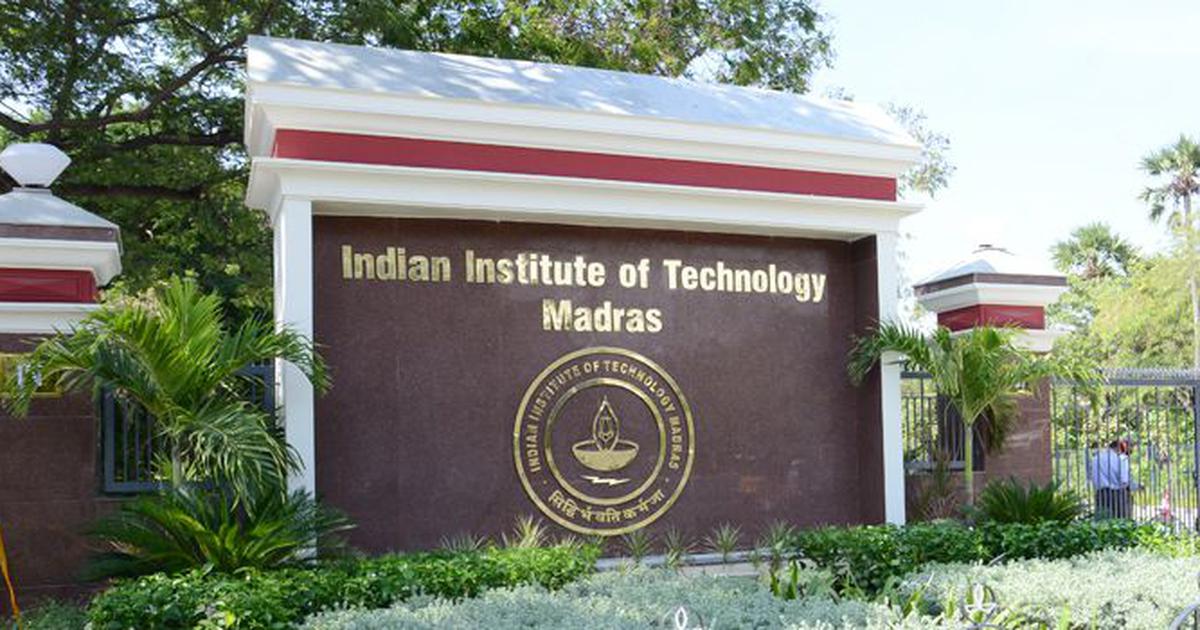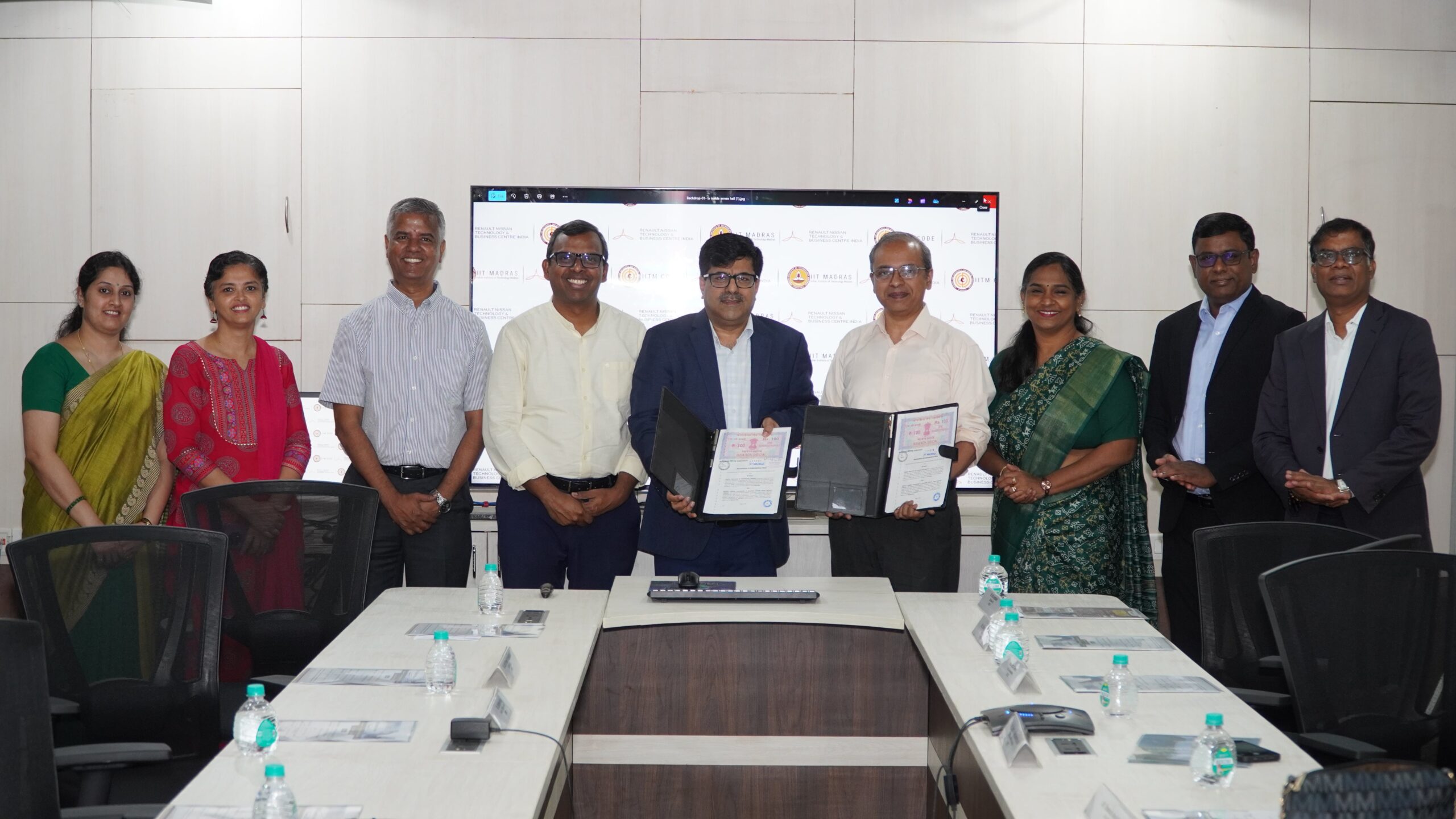Researchers at IIT Madras have developed an innovative real-time indoor mapping solution that can generate precise maps under any lighting or environmental conditions, with minimal dependence on pre-existing infrastructure.
This breakthrough technology is especially vital for first responders during disaster relief operations as traditional infrastructure often becomes inaccessible or unreliable during public safety emergencies.
Called ‘UbiqMap’, this lightweight technology leverages radio frequency-based imaging to create detailed maps of indoor environments using a technique called ‘Radio Tomographic Imaging’ or RTI.
Existing camera-based solutions for real-time mapping face significant limitations. They rely on clear visual line of sight, which makes them ineffective in cluttered, obstacle-laden, or poorly lit environments. Moreover, such solutions often require substantial computational infrastructure, making them impractical for deployment in public safety scenarios.
“Even when maps are available, they typically fail to capture real-time dynamics essential for effective mission planning during disasters. Our technology offers first responders a robust and portable tool to image indoor environments without dependence on visual line of sight or extensive computational resources, making it an invaluable asset in complex, time-critical scenarios.”
Dr. Ayon Chakraborty, assistant professor, department of Computer Science and Engineering, IIT Madras
The RTI systems traditionally rely on a network of wireless transceivers deployed at fixed, known locations. As these transceivers communicate, the wireless signal strength weakens when obstructed by structures. This reduction in signal power is analyzed to reconstruct the structural layout or floor map of the area.
UbiqMap introduces a dynamic and portable approach by removing the dependency on pre-installed infrastructure. Instead, it employs wearable transceivers that can be easily body worn by rescue personnel. As team members move through the environment, these devices automatically determine their positions and continuously update the floor map, providing an accurate and real-time layout of the area.
In the long term, UbiqMap holds the potential to become a foundational technology for smart cities and autonomous systems, enabling advanced mapping operations in complex indoor environments.
This research was led by Dr. Ayon Chakraborty, Assistant Professor, Department of Computer Science and Engineering, IIT Madras. The Research Team also included Mr. Amartya Basu, MS Student, IIT Madras, and Mr. Kush Jajal (M.Tech Student, IIT MAdras). An Indian Patent has been filed for this technology by the IIT Madras Research Team.
The work has also been published in the reputed, peer-reviewed journal IEEE Transactions on Mobile Computing (DOI: https://ieeexplore.ieee.org/stamp/stamp.jsp?tp=&arnumber=10634790)

Elaborating on this technology, Dr. Ayon Chakraborty, assistant professor, department of Computer Science and Engineering, IIT Madras, said, “Public safety incidents, particularly search and rescue operations, are often hindered by lack of accurate and up-to-date indoor building plans. Even when maps are available, they typically fail to capture real-time dynamics essential for effective mission planning during disasters. Our technology offers first responders a robust and portable tool to image indoor environments without dependence on visual line of sight or extensive computational resources, making it an invaluable asset in complex, time-critical scenarios.”
Throwing light on the current status of this technology and a tentative timeline for field implementation, he said, “We have successfully tested the technology in a controlled setup within a few residential units at IITM campus. These trials allowed us to validate the system’s functionality, though the movement and localization of the transceivers were carefully managed during the tests. An important ongoing focus is optimizing the choice of wireless frequency. This involves balancing better indoor penetration with higher imaging resolution—an essential tradeoff in the design of wireless sensing systems. Additionally, we are integrating UbiqMap with visual modalities using sensor fusion. Currently, we are in the process of prototyping a wearable version of the technology to prepare for field trials in real-world scenarios.”
UbiqMap has the potential to transform public safety and disaster response. Its affordable, portable design makes it accessible to a wide range of users. The system can also work alongside existing tools like cameras, providing a more complete solution for indoor mapping and localization.
UbiqMap has the potential to transform public safety and disaster response. Its affordable, portable design makes it accessible to a wide range of users. The system can also work alongside existing tools like cameras, providing a more complete solution for indoor mapping and localization.
Moreover, it can be effectively combined with state-of-the-art SLAM (Simultaneous Localization and Mapping) techniques to enhance performance further. By enabling real-time, portable indoor mapping in scenarios where traditional methods fall short, UbiqMap significantly improves the efficiency and safety of search and rescue operations.
First responders gain access to accurate, up-to-date maps of indoor spaces, even in low-visibility or partially accessible environments, empowering them to plan evacuation routes and allocate resources more effectively.
In addition to creating detailed indoor maps, this system can also estimate the material properties of mapped elements, such as distinguishing drywall from concrete or metal. This information provides invaluable support to first responders, helping them design safer and more efficient evacuation or rescue routes in complex indoor environments.



